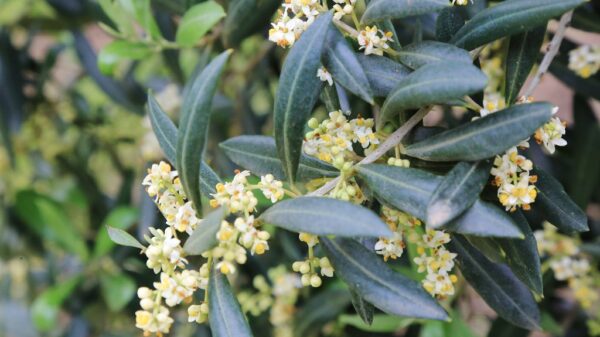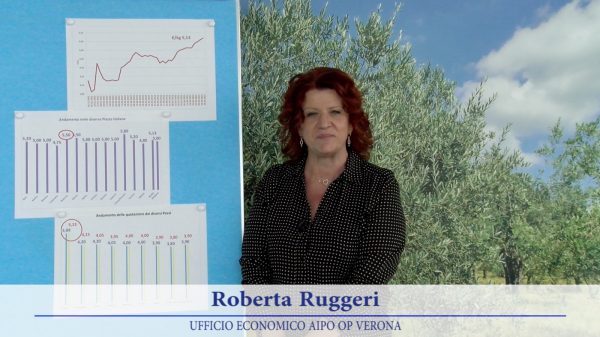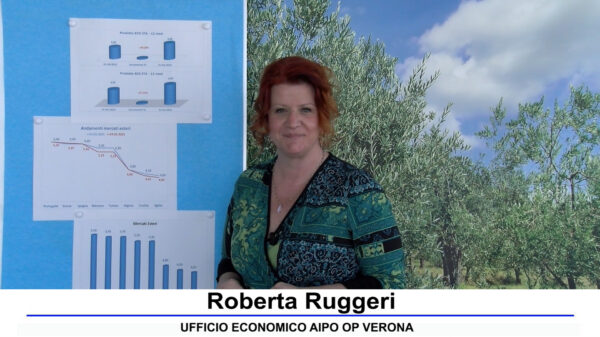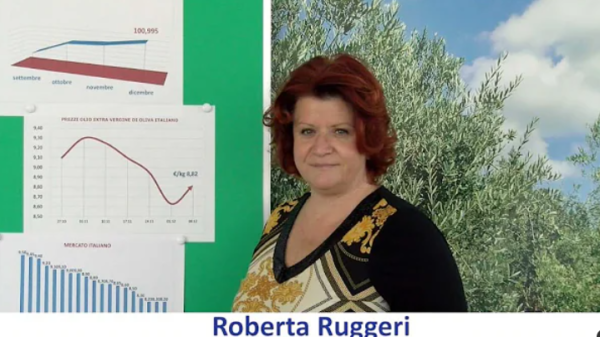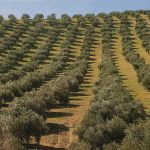Olive oil campaign underway throughout the Mediterranean basin and production estimates that are increasingly refined. From an analysis conducted by Olive Oil Times on 7 main producing countries, which they insure on average over 80% of the world's olive oil, it is expected that they will create together just under 2 million tons, equal to 7% less than last year and -23% compared to the average of the previous four years. The 7 countries are, in decreasing order of expected estimates, Spain, Italy, Tunisia, Greece, Turkey, Morocco and Portugal. According to the forecasts, the global collection, i.e. with the addition of the other countries in the Mediterranean basin and those in other parts of the planet, should stand at 2,4 million tons, a -18% compared to last year's 2,94 million tonnes.
Here, in summary, are estimates and changes compared to last year. Numbers to be taken into consideration for two reasons: the first, of a general nature, is because shelf prices are determined precisely by world production and by a substantial elimination of inventories; the second, referring to our country in particular, is because Italy consumes on average over half a million tons of oil per year and - net of those it exports - will still need to purchase at least the same quantity of oil from other countries oil than it will produce.
![]() SPAIN - After last year's production collapse, the current campaign foresees a slight improvement: it will go from 664.033 tonnes in 2022/23 to 765.362 tons of 2023/24. A production increase of 15%, but largely lower than the average of the last 4 years when the Iberian country managed to produce up to 1,4 million tonnes.
SPAIN - After last year's production collapse, the current campaign foresees a slight improvement: it will go from 664.033 tonnes in 2022/23 to 765.362 tons of 2023/24. A production increase of 15%, but largely lower than the average of the last 4 years when the Iberian country managed to produce up to 1,4 million tonnes.
![]() ITALY - The peninsula should return to regain second place in terms of production, with an expectation of 290 thousand tons of olive oil. This is 23% more than last year, thanks mainly to the good performances of the southern Italian regions - in particular Puglia, Calabria and Sicily - where over 70% of national production is concentrated. The limited production in the centre-north, on the other hand, contributes to making the estimate for this campaign 4% lower than the average of the last 4 years.
ITALY - The peninsula should return to regain second place in terms of production, with an expectation of 290 thousand tons of olive oil. This is 23% more than last year, thanks mainly to the good performances of the southern Italian regions - in particular Puglia, Calabria and Sicily - where over 70% of national production is concentrated. The limited production in the centre-north, on the other hand, contributes to making the estimate for this campaign 4% lower than the average of the last 4 years.
![]() TUNISIA – Tunisia leaps to third place in world production, thanks to an estimate of 220 thousand tons, 40 thousand more than in the last campaign, thanks to rain that occurred at crucial moments and to two native varieties that proved particularly resistant to high temperatures.
TUNISIA – Tunisia leaps to third place in world production, thanks to an estimate of 220 thousand tons, 40 thousand more than in the last campaign, thanks to rain that occurred at crucial moments and to two native varieties that proved particularly resistant to high temperatures.

![]() GREECE - Greece loses one position compared to last year and, after the exceptional yield of 330 thousand tonnes in the 2022/2023 campaign, this time it will have to settle for 200 thousand tons. Production alternation and weather conditions are the causes of the 40% loss (and 28% compared to the last 4 years), with Crete particularly affected, an island which is worth a third of Greek production.
GREECE - Greece loses one position compared to last year and, after the exceptional yield of 330 thousand tonnes in the 2022/2023 campaign, this time it will have to settle for 200 thousand tons. Production alternation and weather conditions are the causes of the 40% loss (and 28% compared to the last 4 years), with Crete particularly affected, an island which is worth a third of Greek production.
![]() Türkiye - Even worse is the situation in Turkey which became the world's second largest oil producer last year with 421 thousand tonnes. Now it sees its position clearly regressing, with expectations that do not exceed 180 thousand tons of oil, almost 60% less than the last campaign and at a level 33% lower than the average of the last 4 years.
Türkiye - Even worse is the situation in Turkey which became the world's second largest oil producer last year with 421 thousand tonnes. Now it sees its position clearly regressing, with expectations that do not exceed 180 thousand tons of oil, almost 60% less than the last campaign and at a level 33% lower than the average of the last 4 years.
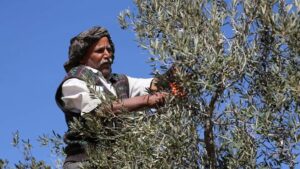
![]() MOROCCO - Like Tunisia, Morocco will also record a significant increase in oil production, with estimates of 171 thousand tons, 10% more than last year. The expected production level will also be higher than the average of the last 4 years, thus confirming a constant growth trend, mitigated only by a decline in production of table olives.
MOROCCO - Like Tunisia, Morocco will also record a significant increase in oil production, with estimates of 171 thousand tons, 10% more than last year. The expected production level will also be higher than the average of the last 4 years, thus confirming a constant growth trend, mitigated only by a decline in production of table olives.
![]() PORTUGAL – Production is also increasing for Portuguese production, with expectations of 145 thousand tons, 20 thousand more than last year. In addition to a more benevolent climate, the entry into production of many intensive olive groves in the central-southern Alentejo region has an impact, which would significantly compensate for the expected drop in production in the traditional olive groves in the north of the country.
PORTUGAL – Production is also increasing for Portuguese production, with expectations of 145 thousand tons, 20 thousand more than last year. In addition to a more benevolent climate, the entry into production of many intensive olive groves in the central-southern Alentejo region has an impact, which would significantly compensate for the expected drop in production in the traditional olive groves in the north of the country.
To read the full service click , here



